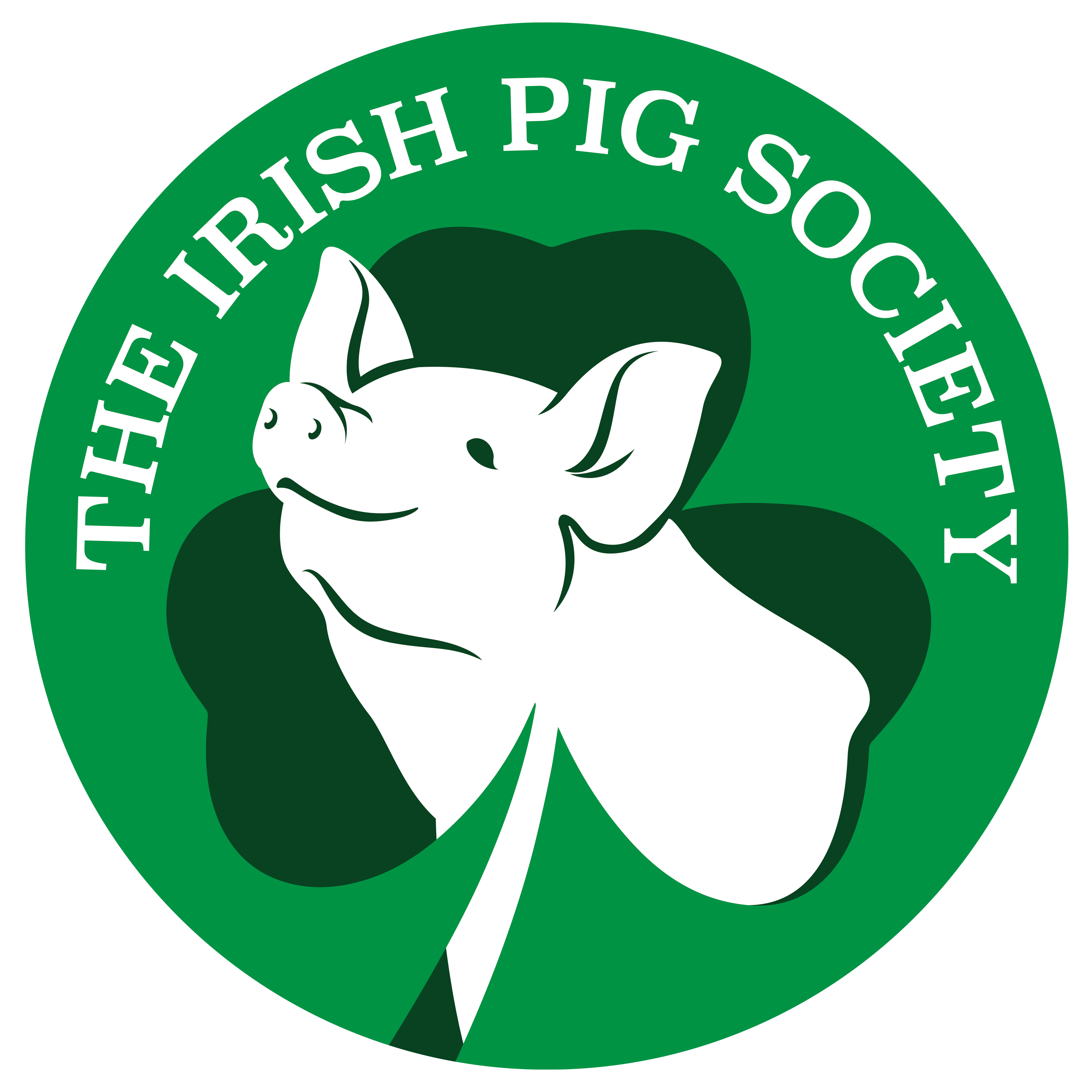The Oxford, Sandy & Black
is also known as
“Plum Pudding Pig” or the “Oxford Forest Pig”
Place of origin: Oxfordshire region, at least two centuries ago. The Oxford, Sandy & Black pig has existed for around 300 years being one of the oldest British pig breeds.
What is an interesting fact about Oxford, Sandy & Black pigs?
This breed is commonly referred to the “Plum Pudding Pig”, after its appearance or the “Oxford Forest Pig”, after its origin. .
Breed characteristics
The Oxford, Sandy & Black pig is of medium to large size, with a good length and a deep body, supported by strong legs and well-set feet. The skin coloration which covers the body ranges from a striking pale sandy to a rust colour with black patches, pale feet.
The head exhibits a moderately strong head, straight or slightly dished face, ending with a long snout with lop or semi lop ears.

Other Special Characteristics:
•A hardy, dealing admirably with all types of conditions
•The sows are prolific and an excellent mothers
•They are pigs are docile and easy to handle
•The average litter size would be 8
•Climate Tolerance: adaptable to a variety of climates
•The OSB pig is known for producing succulent pork, high quality bacon and ham.
Declan & Bernie Fagan, Templemacateer
We have lived in an eighteenth-century farmhouse for over 30 years. When I first came to the house there were hooks embedded in the kitchen ceiling where cured meats would have hung in times past. There was a stone pigsty in the farmyard. We farmed cattle and sheep and ran a guesthouse. We took pride in the quality of our grass-fed beef and lamb and never imagined that pigs reared outdoors could produce a meat of equal taste and quality.
We had thought of keeping a pig to use up the vegetable peelings from the guesthouse and give us some meat in return. We re-roofed the old pigsty and looked into getting a pig.
But before getting the pigs our daughter Carole decided we should first learn what was involved in their care and management. We enrolled for a training day with Gerard Rynne at his free-range pig and poultry farm in Inagh, Co Clare.
Gerard’s knowledge and enthusiasm were infectious, and he had compiled a very helpful training manual. Gerard keeps a number of different pig breeds on his farm, and we were immediately drawn to the Oxford, Sandy and Blacks with their rustic appearance and calm and curious temperament and renowned mothering ability.
Gerard directed us to Dermot Allen where we subsequently bought our first two weaners and received helpful advice and support.
Friends and family were blown away by the quality and flavour of the pork and bacon from our outdoor pigs and our B&B guests were wowed by the meaty taste of the breakfast bacon and sausages.
Overall, we find the pigs are easily managed and by returning to the practice of our predecessors here at Templemacateer we find ourselves in tune with the twenty first century goals of sustainable low carbon method of food production.

